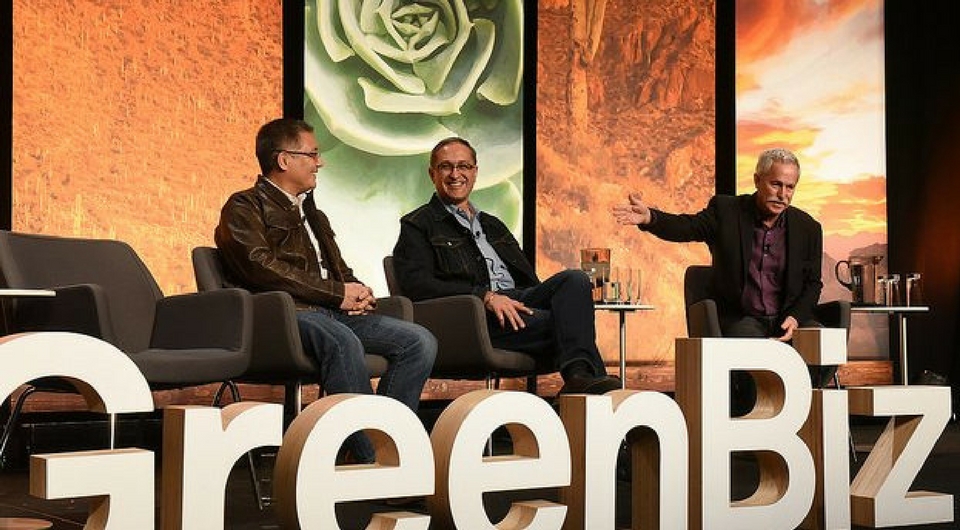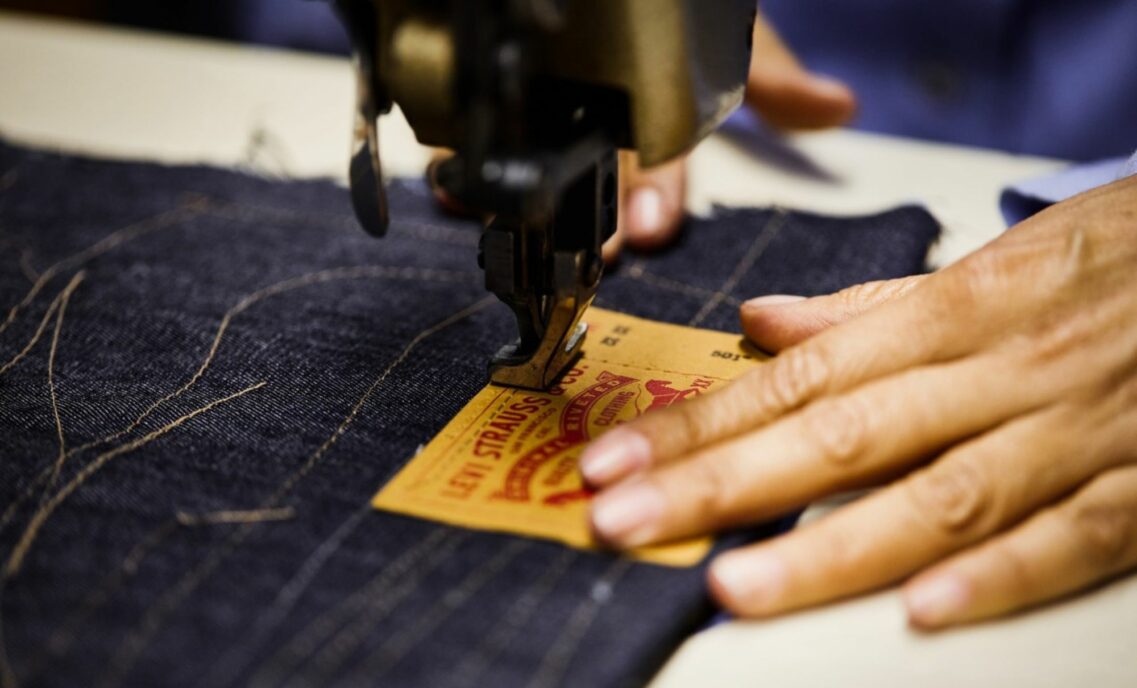Editor’s Note: The following excerpt was originally published on LinkedIn on behalf of Harmit Singh, Executive Vice President and Chief Financial Officer at Levi Strauss & Co.
Sustainability is a subject I’m passionate about, and I’m lucky to work at a company that shares that passion. At Levi Strauss & Co., we have woven sustainability into the core fabric of our company (no pun intended). It’s how we do business. In my role as Chief Financial Officer, I’m able to support projects that not only create value for the company, but are good for the environment, society and economy.
Last month, my colleague Michael Kobori, vice president of sustainability at LS&Co., and I spoke onstage at GreenBiz 2017, where we talked about how we have worked together to integrate sustainability into all facets of our company.
The way to create a sustainable organization is to build a pyramid where all layers are critical and work interchangeably in a seamless manner.
The base of the pyramid must be solid. Sustainability can’t be a one-off initiative or add on. It needs to be part of the foundation of your company. LS&Co. has been around for over 160 years, and we have a long history of driving profits through principles. That means how we make our products is as important as what we make. It means doing business in an ethical way and never choosing what is easy over what is right. That is the cornerstone of sustainability at LS&Co. and what has helped us prioritize sustainability year over year.
The second level or the middle of the pyramid is all about integrating sustainability across the business. One of the critical ways to do this is by showing the financial and business case. LS&Co. has been doing pioneering work in sustainability for years, but taking the time to measure our work has been key. It’s about quantifying the supply chain benefits and looking at the metrics. Sustainability works with partners in finance and legal to validate the numbers and report out on progress to the entire company.
By doing this we have been able to educate our leaders and employees on the benefits of sustainability and create advocates who help us drive long-term thinking and set long-term goals in every function.
An important part of the measurement work is ensuring we are focusing in the right areas of our business – where we make the greatest impact. When it comes to denim, we know those areas because we’ve studied it. In 2007 and again in 2015 we conducted what is called a lifecycle assessment, or LCA, on a pair of Levi’s® 501® jeans. The goal was to gather data related to water, climate and chemistry at each stage of life of the product. Even though it takes time and effort to complete, the results were very eye opening and we’ve been able to implement innovative solutions to reduce our impact.
The top of the pyramid is all about communicating this work to the consumers so as to unlock value for all stakeholders. This is an area that many brands, including LS&Co., are still working at. Millennials care about the attributes of a product, but also the values of a company. But it will take more patience and time before we see a real shift in purchase patterns. Until then, it’s important to keep being transparent with consumers and sharing your sustainability story. From products to supply chain, there are always opportunities to educate consumers and share what your company stands for.
Read the full LinkedIn post now. And hear more from Harmit in the interview below:







